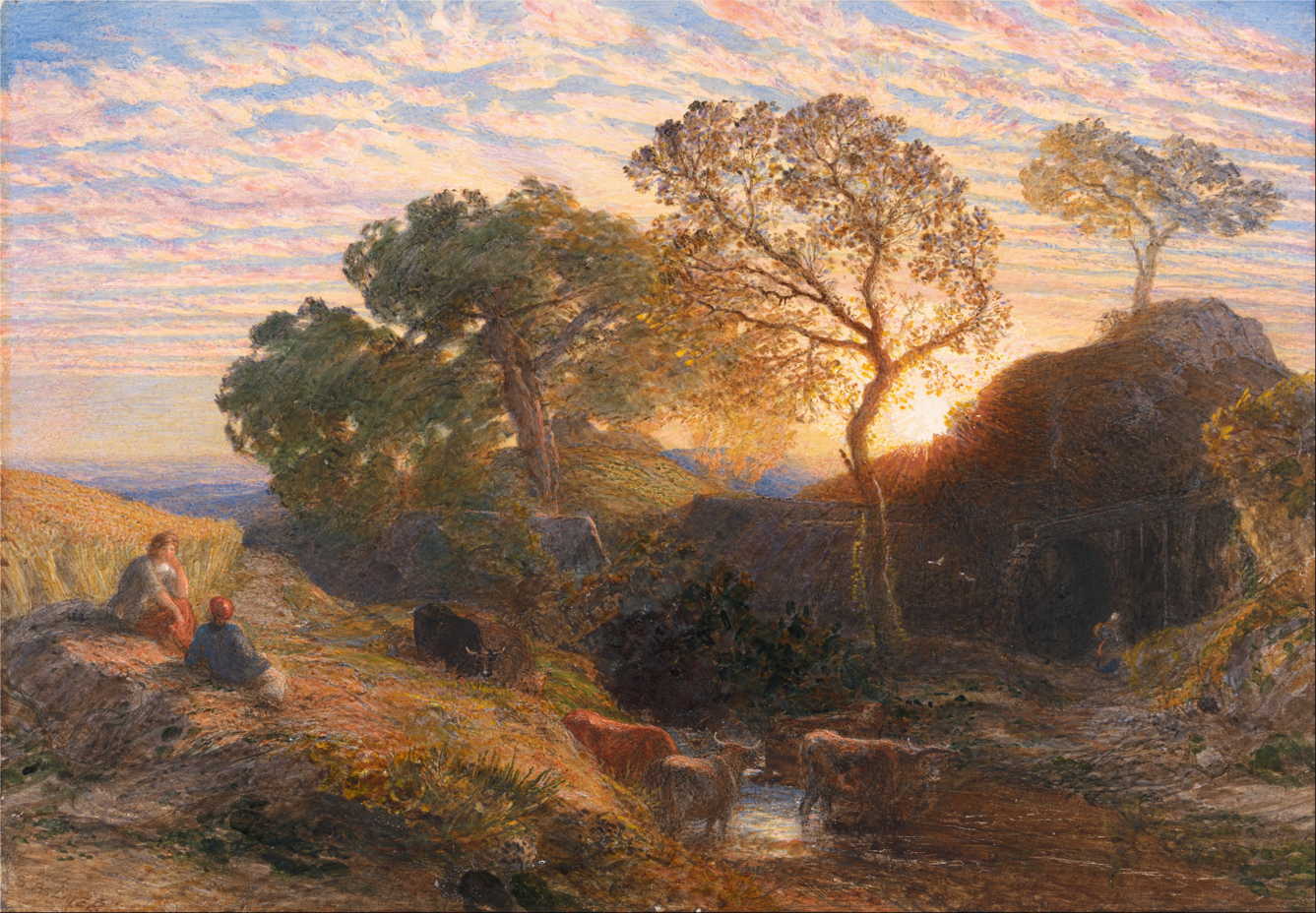The question of division has followed humanity from the beginning. Some saw it as punishment, others as fracture, others as exile. Still, within different traditions, runs a deeper recognition: the soul belongs to a greater root, a body or tree from which it cannot be separated. Encounters that seem accidental are in fact echoes of ancient unity. The memory of what was broken still circulates, and philosophy, mysticism and myth have given it different names. Plato spoke of a lost whole, Luria of shattered vessels, Paul of the body of Christ. Three languages for one truth.
I. Plato and the Androgyne
In the Symposium, Aristophanes recounts that human beings were once complete, spherical, double. They carried immense strength until Zeus divided them. From that wound arises Eros, the desire to be whole again. Love is more than appetite alone, it is remembrance. The embrace of the beloved is a fragment of metaphysical healing.
This myth is playful and profound. It suggests that our longing is the trace of an earlier integrity. What we call passion or recognition is a sign that unity has been lost and must be restored. The Platonic double is the soul’s witness that exile is real, but that reunion is possible. Love becomes metaphysics, and every encounter becomes a gesture of return.
II. Luria and the Broken Vessels
Isaac Luria, centuries later, would give this intuition a cosmic scope. In the beginning the Infinite contracted to make room for creation. Into that space the Divine Light poured. The vessels meant to hold it could not endure, they broke apart, and their fragments scattered into lower worlds. Sparks of holiness became trapped in husks called qlippoth. The presence of evil is explained as light confined in shells.
Luria taught that the soul participates in the task of repair. Each life is a mission to liberate sparks, returning them to their source. Reincarnation, called gilgul neshamot, arises from this need. A soul that has not completed its task will return until the fragments entrusted to it are gathered. Evil becomes the field of work; the very place where repair must occur.
The doctrine goes further. A single spiritual root can be divided into many branches. Different individuals, in different times, can be expressions of one essence. Encounters between master and disciple, lovers, or even rivals, are the meeting of dispersed sparks. The sense of recognition in such meetings is the echo of a deeper unity. Plato’s divided being becomes, in Luria’s myth, a root whose branches are scattered across history, each carrying a spark that calls for restoration.
III. The Body of Christ
Christianity speaks in yet another image. Paul calls the faithful members of a single body, Christ as the head, each person a living organ. This is more than metaphor. The soul is not solitary, as it breathes within a living organism.
Mystics deepened this vision. Eckhart described the hidden spark – funkelein – within the soul, shared by all. Ruysbroeck wrote that, when two friends meet in true love, Christ is the secret presence uniting them. Byzantine thought spoke of perichoresis, the divine dance in which beings interpenetrate without confusion. Holiness is never solitary, it is communal. The saints form are more than isolated peaks, becoming a chain of communion. The prayer of one strengthens another because the same life circulates in all.
Through these images a single truth becomes visible. Plato gives it mythic laughter, Luria cosmic allegory, Paul ecclesial body. The human being is divided, but reunion remains possible. The longing for the other half, the mission to gather sparks, the belonging to one body: they all describe the same mystery. Evil itself is the scar of this fracture, whereas good is the labour of reunion.
The encounter between souls is more than accident. Recognition arises because roots are shared. The soul that loves, the soul that forgives, the soul that teaches, all participate in the same restoration. The image is constant: branches of one tree, sparks of one Light, members of one body.
Plato saw love as remembrance of unity. Luria taught that sparks demand liberation through many lives. Christianity affirmed that Christ binds all into one living body. Three languages, three symbols, one vision. The division is real, but the promise of repair runs deeper. The exile of the soul is never final. Love, memory, and sacrifice all point to a reunion already inscribed in the heart of creation. What was broken continues to ache, but the wound itself contains the medicine. In the laughter of myth, in the labour of Kabbalah, in the communion of saints, the same light insists.
Fiat Lux.
